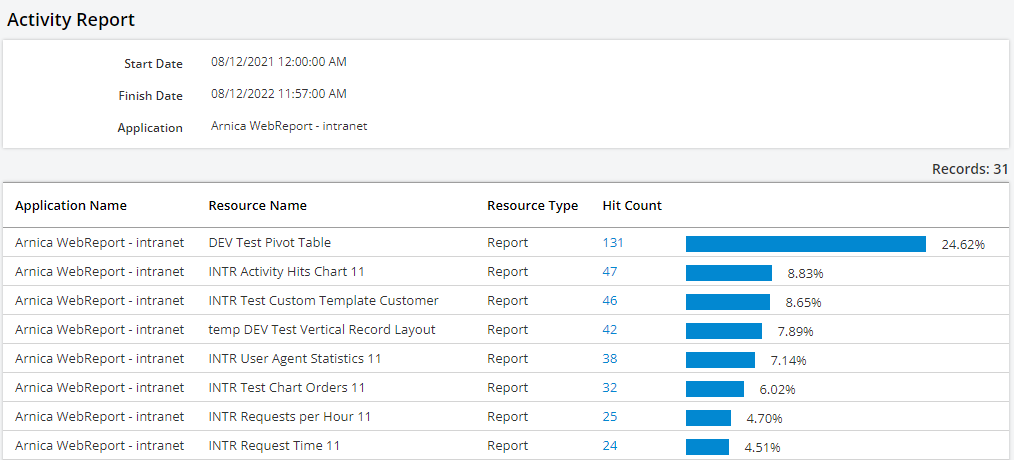Summary
Arnica WebReport is an enterprise-strength web-based reporting tool, which helps you design and run reports against most major databases - all done through a web browser, with no installation required on designer, administrator, or client computers. Arnica WebReport delivers a true thin client solution for all your web reporting needs: create reports in seconds from any computer using browser only, generate a link on the fly and deliver it to users for execution or integrate it with corporate Intranet or public Internet sites. Report runs in a web browser with no deployment required.
True Thin Client
Arnica WebReport is a true thin client solution: design, execution and administration are all done through a web browser. To ensure broader compatibility and high performance interactivity, WebReport uses pure HTML/XML/CSS content on web pages and does not utilize client-side ActiveX components, DLLs, or heavy-duty JavaScript libraries.
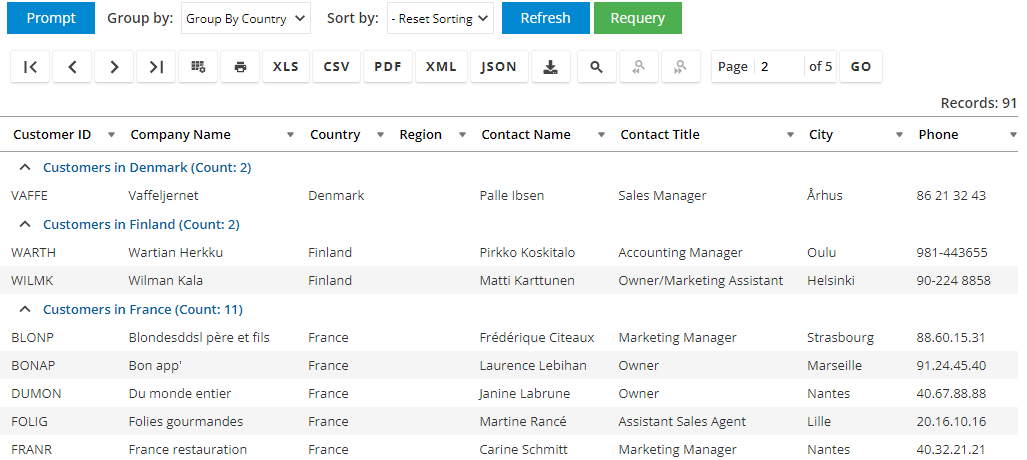
Feature-Rich Design Options
In
addition to fast performance, Arnica WebReport provides designers with many powerful
customization features:
- predefined or conditionally displayed columns, standard (retrieved from data source) and custom (not provided by data source) columns, conditional cells formatting,
- standard and advanced data filtering options,
- prompted parameters with
custom labels,
- single column and composite sorting and grouping,
- aggregate calculations per data group and grand totals,
- drill-down or drill-up to another report, form, or custom content generated by other components,
- batch actions - ability to execute server-side actions (scripts) against multiple selected records,
- local parameters, which maintain state within report
instance between its multiple pages, and global parameters, shared by
multiple reports,
- business rules with capability to change report execution workflow, call other components to acquire additional data, or even redirect to other reports or components.
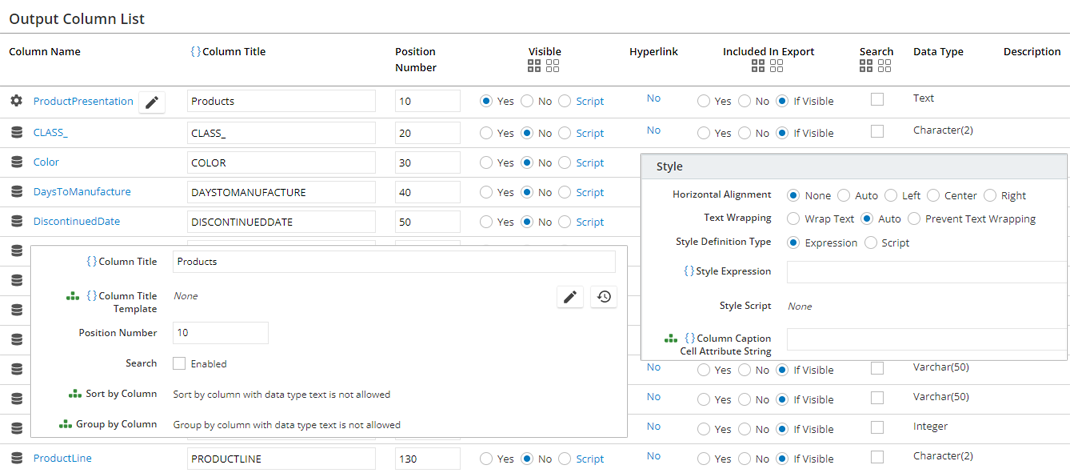

Databases and XML/Web Data Sources
Arnica WebReport presents data from major databases, such as Microsoft SQLServer, Oracle, IBM DB2, MySQL, and others. Supports table search within database, column discovery, reporting against tables, views, stored procedures, adhoc queries, as well as XML sources or data received via web requests (such as GET, POST requests, REST services, etc.).

Easy Integration with Other Tools and Technologies
Web interface of Arnica WebReport and pure HTML nature of its content allows easy integration with
virtually all contemporary tools or technologies supporting HTTP
communication, such as .NET, PHP, Java, COM, Microsoft SharePoint, IBM
WebSphere, forms generators, open source portals and other integration platforms.
Arnica WebReport may be used as a stand-alone tool or it may be integrated with web portals or other platforms, such as Arnica WebPortal, Microsoft SharePoint, IBM WebSphere, etc.
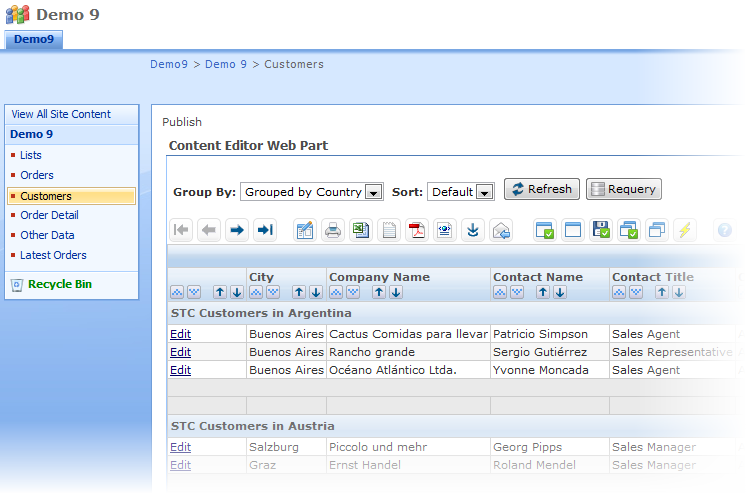
Export Options
Arnica WebReport may export data to XML, Microsoft Excel, PDF, Text/CSV formats, its output may be sent by email or saved as files. Arnica WebReport may generate both real-time, as well as scheduled output. (Optional additional components are required for PDF or email functionality).

Powerful Data Processing Engine
Arnica WebReport powerful data processing engine sorts, groups and filters thousands and millions of records to prepare a data slice for reporting purposes and generates paginated HTML pages on the fly. It is optimized for high level of concurrency and scalability in a web farm environment. With only a few server-side DLL files, it is easy to deploy and maintain.
Template Driven
Arnica WebReport is a template driven solution. Templates are created using standard HTML content fragments with evaluatable expressions and may be used to customize virtually any presentation part of report output: top level container page composition, headers and footers, toolbars, column cells, data group headers and footers, report total fields, etc. Shared presentation features saved in a report template may be re-used by multiple reports and managed centrally. A contemporary default template may be used for all new solutions, with further modifications added to fit your style requirements.

Integrated Help Page
Let your users know what they can do with every report you created. Each report provides a template for a help page which may relay important messages users need to know to maximize productivity with custom solutions that you created. A dedicated icon may be displayed on the report output toolbar for easy access to the help page.
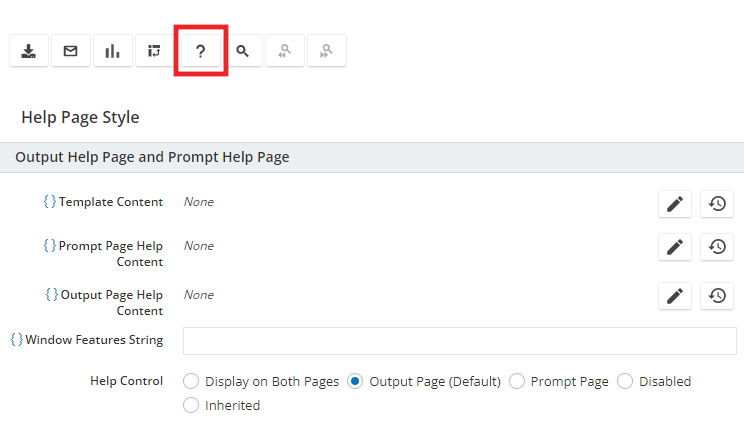
Central Database Repository
Arnica WebReport stores its meta data (report definitions) in a central database repository (based on Microsoft SQLServer or free SQLServer Express Edition) and allows for certain operations to be performed simultaneously against multiple reports at design time, for example, meta search and updates, report export/import, ability to use global parameters shared by multiple reports, etc. Unlike traditional reporting tools, there are no individual files to deploy on multiple servers.
Debugging and Tracing
Arnica WebReport provides designers and administrations with powerful debugging and tracing features. If something goes wrong with the report either at design time or in the production environment, administrators may enable trace mode, which generates a detailed trace log with information needed to quickly and effectively identify and fix the problem: trace log includes results from various internal steps that report goes through to generate output, such as: database connection status, query results, results of evaluating expressions or executing scripts, intermediate state of various components, global parameters used, user properties, etc.
Administrators may also configure Arnica WebReport to publish its own runtime errors into a central events repository (provided by the Arnica UnifiedLogon system), which may be used as a dashboard for proactive maintenance of Arnica WebReport.
Access Control and Activity Log
Arnica WebReport supports user authentication and authorization provided by .NET and allows granular user access control with zero programming efforts through integration with Arnica UnifiedLogon identity management system (single application version of Arnica UnifiedLogon is included at no cost with Arnica WebReport).
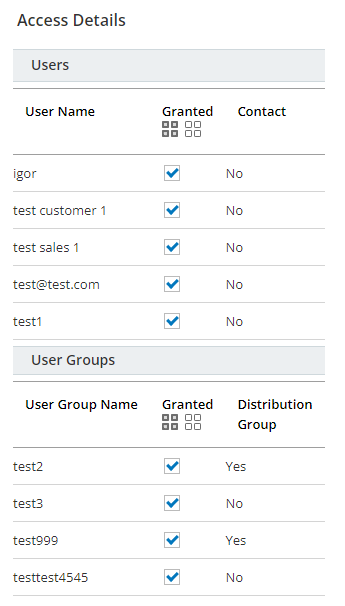
WebReport publishes detailed activity events into central database repository, enabling you to perform statistical analysis of activity by various parameters, such as per user, per report, within specified date range, etc.
